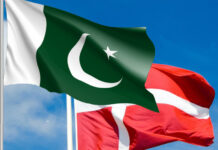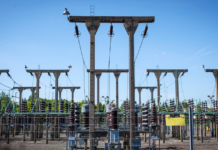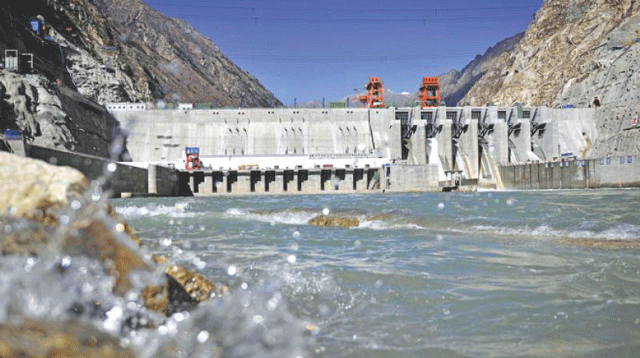The Senate Standing Committee on Power, chaired by Senator Mohsin Aziz, meets Monday (today) to seek an “out-of-box” solution to the dispute over net hydel profit (NHP) between the federal government and provinces, particularly Khyber Pakhtunkhwa, Business Recorder reported.
The Water and Power Development Authority (WAPDA) has distanced itself from proposing a resolution, saying the Power Division and the Central Power Purchasing Agency-Guaranteed (CPPA-G) are better placed to address the issue. The matter is also being examined by a separate committee headed by Planning Minister Ahsan Iqbal.
Since the start of this year, the Senate committee has held five meetings with representatives of all four provinces, the Ministry of Energy, and the Finance Division. The Ministry of Inter-Provincial Coordination is expected to share an update on the finalisation process.
Under Article 161(2) of the Constitution, the Council of Common Interests (CCI) determines NHP based on the bus bar sale rate of hydel power stations. Disputes have persisted over the calculation methodology, particularly the Kazi Committee Methodology (KCM), leading to ad hoc payments and arbitration without a permanent settlement.
WAPDA paid Rs6 billion annually to the Khyber Pakhtunkhwa government until FY15, when the NHP rate was uncapped at Rs1.10 per kWh after an agreement between the federal and KP governments in 2016. The CCI later approved similar settlements for Punjab. The rate was raised to Rs1.155 per kWh in FY18. Despite this, KP has again sought payment under the KCM formula.
WAPDA says it does not retain profits from hydel power sales, treating NHP as a pass-through payment under government rules. It reports that outstanding receivables from CPPA-G have hindered timely NHP disbursements, with current dues standing at Rs49.565 billion for KP and Rs114.584 billion for Punjab, including Rs13.617 billion in arrears.
The Power Planning and Monitoring Company (PPMC) has noted that Pakistan’s energy landscape has changed significantly since the KCM’s formulation in 1985-86, with WAPDA unbundled, independent power producers in place, and hydropower now contributing about 27% of the mix. It suggested that NHP payments be made through the federal budget or WAPDA’s hydropower profits, rather than electricity consumers.
The Sindh government has proposed that hydropower stations be transferred to the provinces, but noted that most are linked to water reservoir projects and should involve the Indus River System Authority (IRSA) in decision-making. Sindh supports the constitutional NHP claims of KP and Punjab but opposes passing tariff increases to consumers.
























